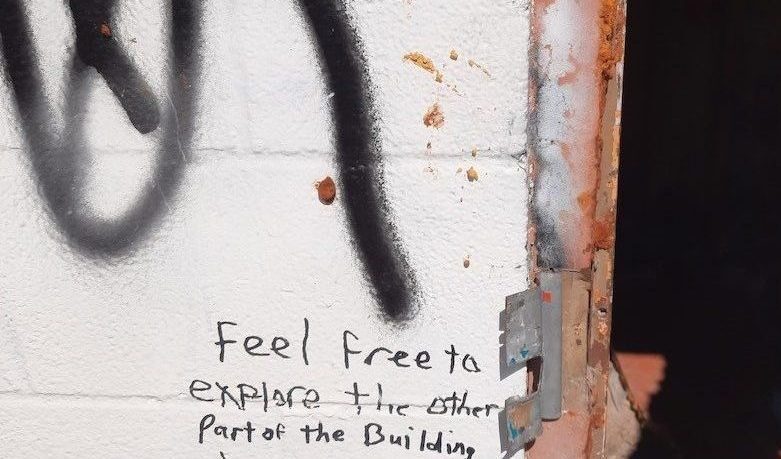Housing from below in Broomfield, Colorado, USA
PDF versions officially released on March 31, 2022 — Full Version | Print Version | Author’s Summary
The Sweep Report 2.0: Housing from below in Broomfield, Colorado, USA, is a chronicle of stories, statistics and analysis that traces how housing shaped and continues to shape my hometown of Broomfield, Colo., our wider region and beyond. (Click here for The Sweep Report 1.0, a more general look at local trends and needs that was published in 2012.)
More than a decade ago, I began learning about the everyday realities faced by my neighbors on the margins. It quickly became clear to me how many of those realities intersect with our basic human need for shelter. I’ve since come to believe that our beyond-urgent, cross-spectrum need for affordable housing is the challenge of our generation, and as such, it belongs to all of us. I have also come to believe that despite its complexity, it’s a challenge we can meet.
My multifaceted resident-homeowner-minister-advocate-catalyst-(amateur)-historian relationship with my local community and wider region is apparent throughout the report. More importantly, my from-the-ground-up critique of existing housing dynamics centers our neighbors experiencing suburban homelessness and housing instability and concludes with a call to all local stakeholders to undertake near-future actions toward comprehensive housing stability.
- Part 1, “Broomfield Yesterday,” explores the Native displacement and U.S. settlement-development of our area up to the present.
- Part 2, “Broomfield Today,” examines ongoing local realities through three housing-related lenses — “Neighborhood Ecology,” “Household Wealth” and “Hometown Life.”
- Part 3, “Broomfield Tomorrow,” envisions interrelated trends, opportunities and calls to action relevant to a more housing-stable future.
By way of recognizing that the report’s many statistics represent real, flesh-and-blood Broomfielders, each part ends with “Local Perspectives” from people with strong ties to our community.
Our principal housing-related challenges can be distilled into two principal figures: approximately 200 unhoused residents and around 5,000 “cost-burdened” households. Temporary and transitional lodging and local housing vouchers are two best-practice solutions to meet these challenges.
What would it take to pay for those solutions? An estimated $50 million annually would consign both homelessness and housing instability to the past where they belong.
How could we possibly raise “so much” money? It’s simple, really, but not necessarily easy — “1 for 100” and “living wages.” If Broomfield’s civic, non-profit, for-profit and at-large stakeholders contribute 1 percent of their annual income or revenue and Broomfield’s employers commit to paying their employees a living wage, we could make 100-percent housing stability a reality in our community.
We owe it to our ancestors, ourselves, our neighbors and future generations of Broomfielders to try.
READ OR DOWNLOAD AN ONLINE VERSION OF THE FULL, 252-PAGE REPORT.
ORDER AN ON-DEMAND PRINTED COPY OF THE FULL REPORT.
READ OR DOWNLOAD MY 31-PAGE AUTHOR’S SUMMARY.
The “Author’s Summary” is NOT a substitute for the full report. The full 252-page version is the “real” report and comes in both online and printed forms. ) It’s as engaging and filled with real human stories and details I could make it. Please take time to read it, especially if you have any kind of strong connection to Broomfield or the North Metro area!
All proceeds from purchases of printed copies go to the Broomfield Community Foundation’s Collaborative Emergency Sheltering Fund.
Special thanks to Laura Vincent of BOSS Printing for laying out and designing the report; to Julia Vermeulen, Chris Bollegar and Lane Claxton for editing; to Maegan Dormish for her housing sketches, and to contributors David Allison, Kent Davies, Bette Erickson, Linda Fahrenbruch, Jesús Gutierrez, Milan Hancock, Katie Hinshaw, Lori Lane, Carolyn Love, Fred Mosqueda, Jennifer Sage and Jennifer Waines for sharing their local perspectives, featured in the full version of the report.


